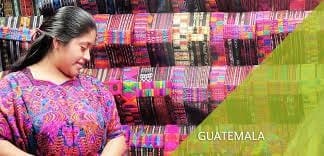Things can define people. In fact, some things have managed to define the cultures for hundreds of years. This is certainly the case in the Central American nation of Guatemala. This region, part of the lands once occupied by one of the most complex civilizations of the ancient world, now has been a center of great textile production since a longer period of time.The fabrics and cloths produced in this region have connected the nation to their past, impacted their present, and will likely go on defining their future.

Lets start with knowing the nations beautiful textiles.
Maya textiles
According to Maya traditions, the people were taught to spin plant fabrics into yarn and weave them into textiles by the goddess ( a moon goddess, earth goddess, and embodiment of wisdom, fertility, and female virtues). The maya has a goddess of weaving , this shows how they give important to their textile and culture .
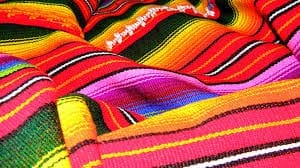
Maya has always made characteristically colorful and vibrant woven textiles.Their most significant textile was a traditional garment called the huipil. Huipil was carefully and intricately designed to feature symbolic images and patterns that went far beyond simple aesthetics.
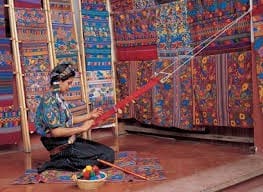
The weaving part was generally done by the women . They always try put their history, personal identity, spirituality, and cosmological philosophy in their beautiful weaves.
Here, the textiles were often used as marriage gifts to the family and the woman’s skill playing an important factor when deciding on a bride. Certain fabrics were also used for different Maya ceremonies.Maya communities also developed their own preferred style of weaving, demonstrating specific patterns and colours. Thus, their fabrics became an ‘identity’ for the community identifying the wearer’s status and their origin to all. This only increased the communities, and culture’s, pride in weaving and textiles.
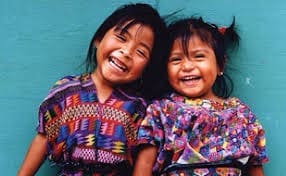
The textiles here are very beautiful and colourful containig several new and different pattern which attract people towards it.
weavers here are descendants of the ancient Maya civilisation. even after centuries the techniques for weaving the traditional Mayan fabric remain relatively unchanged. The ‘backstrap loom’, used to weave the fabric, actually even looks the same as the ones painted onto Mayan sculptures and ceramics 1200-1400 years ago.
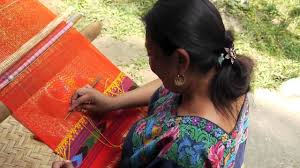

Loom in maya has remained unchanged for centuries which still provide them with the great traditional textiles. From some local woods they use to make beautiful and hand crafted textile which no one can imagine . The loom consists of two horizontal dowel’s (one at each end of the loom to keep the vertical threads (the warp) in place) and 6/7 parallel rods (to secure the vertical threads along the length of the loom). One end is then attached to a tree/post and the other around the waist of the sitting craftswoman to pull the threads taut. A shuttle is then used to pass thread (the weft) through the warp attached to the loom.
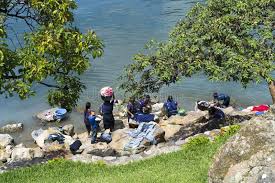
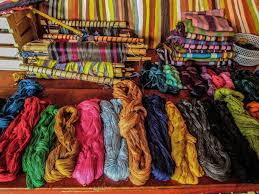
Before begining the weaving process , women’s use to hand spin the cotton into yarn by using a spinning whorl and colour it with the natural dyes they have used for generations.And this is where their greatness of textile begins.
BY Arsh Gupta
insta : @arshgupta47

